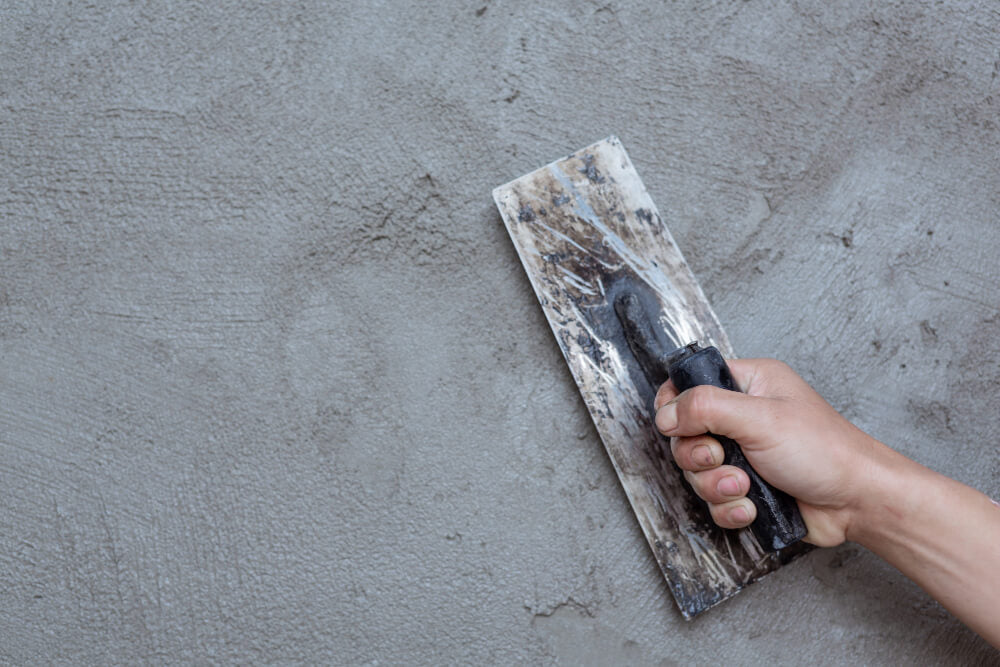Your Cart is Empty

Building a strong foundation is more than just laying concrete. While many believe that using waterproof concrete is enough to protect their property from water ingress, the reality is more complex. Foundations are continuously exposed to moisture, groundwater, and fluctuating environmental conditions, which makes waterproofing for concrete a critical consideration beyond just the mix.
Is waterproof concrete alone sufficient for protecting foundations? The short answer is, not quite. While it is certainly a major component in water-resistant construction, it must be part of a broader waterproofing strategy to truly safeguard your building.
This type of concrete has been treated with specific additives and admixtures during the mixing stage to make it less porous. These materials are designed to limit the movement of water by sealing the small gaps within the concrete.
This kind of concrete is often used in areas where exposure to moisture is high, such as basements, underground car parks, and retaining walls. It’s certainly more water-resistant than standard concrete, but it isn’t invincible.
Even the most carefully mixed waterproof concrete can develop hairline cracks, surface erosion, or suffer from improper curing or installation. This is where the notion of waterproofing for concrete as a complete solution comes into play.
Although waterproof concrete improves resistance to water penetration, it cannot completely protect your foundation by itself. Here are several reasons for this:
Concrete is prone to cracking due to settlement, shrinkage, and temperature changes. These cracks can provide a pathway for water to seep through, especially when no secondary waterproofing measures are in place.
In areas with high water tables or heavy rainfall, water can build up in the soil around the foundation. This pressure forces moisture through the smallest of gaps and weaknesses in the concrete, compromising its effectiveness.
Concrete may be waterproof in theory, but any imperfections in construction, joints, or detailing can create vulnerabilities. Relying solely on waterproof concrete leaves no room for error.
A single layer of defence is never ideal. If waterproof concrete fails, you have no backup system in place. That’s why multi-layered waterproofing for concrete systems is essential.
What Does Proper Concrete Waterproofing Look Like?
True protection comes from using a combination of materials and techniques, not just relying on the concrete mix. Here’s what a solid waterproofing system might include:
External membranes: Used along the exterior of foundations, they prevent moisture from making direct contact with the concrete surface.
Sealants and joint systems:These fill in the gaps and potential weak spots, think expansion joints or cracks.
Drainage systems: These help reduce water pressure and direct excess moisture away from the building.
All of these solutions work together with waterproof concrete, not in place of it. That’s the key difference, and it’s howlong-lasting waterproofing for concrete is achieved.
Don’t leave your foundation exposed to risk. Call us at 1300 557 973 to know more about tailored solutions that go beyond just waterproof concrete. Whether you're building, renovating, or managing a site, we’ll guide you to the right products for the job.